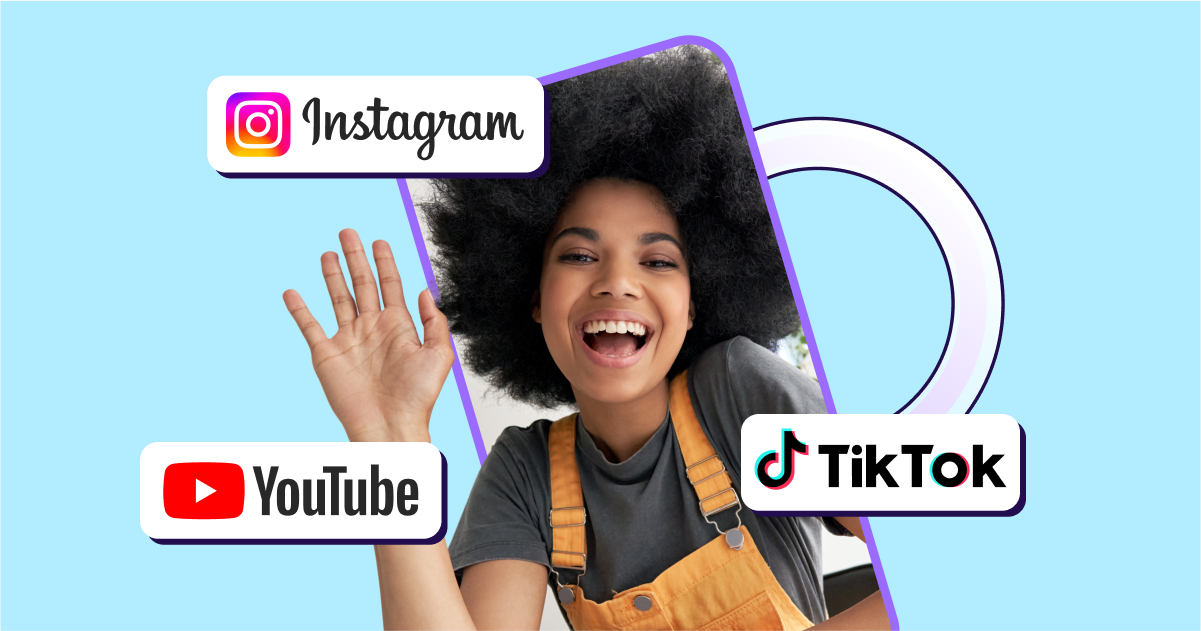
Here’s why measuring your app’s CX should be a top priority

Most marketers maximize the performance of an ad by measuring its ROI (return on investment), because when you know how the ad’s financial return stacks up against its cost, you can make smarter decisions on where to spend your next marketing dollars.
A recent Gartner report shows that customer experience (CX) influences loyalty more than both brand and price combined, and given the influence of customer experience (CX) on user behavior — it only makes sense to measure return on experience, or ROX.
With ROX in place, CX becomes an efficient, defendable investment that generates delightful experiences for your customers and business results for your team.
The challenge of measuring return on experience
CX is infinitely more complex than an ad, as it includes hundreds of customer interactions, dozens of internal stakeholders, and several outcomes — some of which are less tangible than revenue.
This lack of visibility often leaves CX efforts underfunded, misapplied, and disjointed. The same Gartner report notes that “over 70% of CX leaders struggle to design projects that increase customer loyalty and achieve results.”
Where a simple ROI metric — dollars in vs. dollars out — works perfectly for ad spend, CX needs a measurement framework with a much broader and more flexible scope.
That’s why ROX isn’t always a straightforward ROI calculation, but more of a customer-focused measurement framework you build in-house.
It consists of whichever investments (like financial or time) you make in creating customer experiences and whichever results (like revenue or brand awareness) those experiences deliver for your business.
1 – ROX helps prioritize CX
Experiences affect customer behavior at every stage, from awareness to advocacy, earning CX a starring role in your business strategies. Unfortunately, the lack of visible outcomes often leaves CX efforts on the back burner.
ROX, however, makes CX results tangible, so those investments become defensible come budget time.
Why CX deserves top billing
Great customer experience improves common key app performance metrics like new user acquisition and customer lifetime value.
- Good CX drives acquisition through word-of-mouth advertising.
An eMarketer study showed that 94% of consumers would recommend a brand that gave a positive experience. At the same time, a similar rate of consumers say that positive reviews make them “want to buy from a company”, according to a BrightLocal survey.
As a bonus, positive reviews also bump app exposure. Both Google and Apple place well-reviewed apps higher in app search results.
- Positive experiences boost LTV by increasing repeat purchases and lifting average customer spend.
Both Salesforce and eMarketer found that CX has the power to turn one-time shoppers into loyal customers. Their surveys show that 91% and 94% of consumers, respectively, would make repeat purchases after a positive experience.
- Customers would willingly pay more in exchange for good CX: 42% of respondents to a PwC survey said they’d pay a premium for a product that was bundled along with a good experience, and that premium can be up to 16% of the product’s price.
CX is underfunded
CX delivers many results for your company, but some aren’t immediately recognizable as bottom-line revenue. All too often, this leaves CX with a smaller line item in the budget than other growth initiatives.
Adobe partnered with Forrester to dig into this issue. They learned that CX could have a positive impact on less tangible business goals like impressions, reach, brand awareness, and social media engagement. Yet less than a third of companies surveyed invested in all three levers (people, technology, process) in order to improve CX.
And more tellingly, the managers who responded said lack of budget was among the most common factors holding them back from being more CX-focused.
ROX turns CX from cost to profit center
Once you have a measurement framework that focuses on the return of experiences, you can show decision makers how the experiences you’ve created have helped the company reach business goals.
Say, for example, your company wants to reposition your department store from mid-price to premium.
You could update your app with a shopping concierge scheduling feature, and add metrics like positive social media comments and adoption to your ROX framework. Comparing results to the cost of implementing the feature — will turn those soft results into concrete ROI.
2 – ROX defragments CX
CX is a cross-functional responsibility. Every team — marketing, commerce, product, sales — has skin in the experience game. A ROX framework brings those siloed teams together, leading to a seamless experience for your users.
Customers don’t care that one team manages the app, another team handles the sales, and a third-team owns marketing — they see one brand and expect all experiences with it to be consistent. Unfortunately, those expectations rarely line up with reality.
In Salesforce’s State of the Connected Customer, 74% of consumers said they use multiple channels to start and complete a transaction. But over half said it feels like sales, service, and marketing don’t share information, and this lack of consistency hurts customer relationships.
ROX gets everyone on the same page
Working in silos has all sorts of negative outcomes, not the least of which is noticeably differentiated experiences across customer touchpoints. But getting teams to collaborate is not easy — especially when they all follow a different set of KPIs.
A ROX framework is more comprehensive and flexible than a single metric, aligning all teams towards the common goal of great CX.
For example, ROAS (return on ad spend) is often the north star metric for marketing teams. Meanwhile, the product team’s yearly review may be heavily influenced by feature adoption. Both are worthy goals.
But if marketing’s messaging is focused on getting the maximum number of new users and product’s roadmap only helps one segment of users onboard a particular feature, a customer is bound to feel a bifurcated experience as they journey from awareness to use.
For that company, ROX would include the most important KPIs for each of those teams. So, if adding a pre-order app feature is attractive to new users, tracking it for UA and adoption rate in your ROX framework — keeps both teams focused on a seamless customer experience.
Building on ROX
Boosting your return on experience means creating frictionless, delightful customer journeys no matter the path people take to, and through, your app. It’s a tall order. Our comprehensive guide will show you how.
Here are a few highlights to get you started:
- Decide which outcomes are most important and make them the foundation of your ROX framework.
- Use deep links to build frictionless journeys between channels — be it your website, app, email, SMS, social media, or offline (e.g. QR codes).
- Understand where users come from and which pathways perform with a solid attribution game plan.




